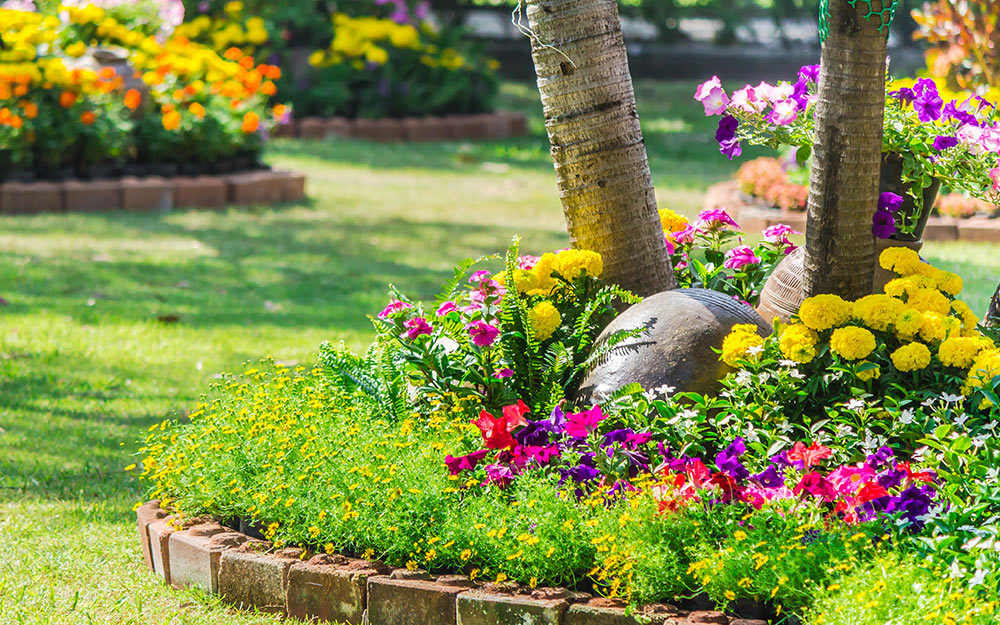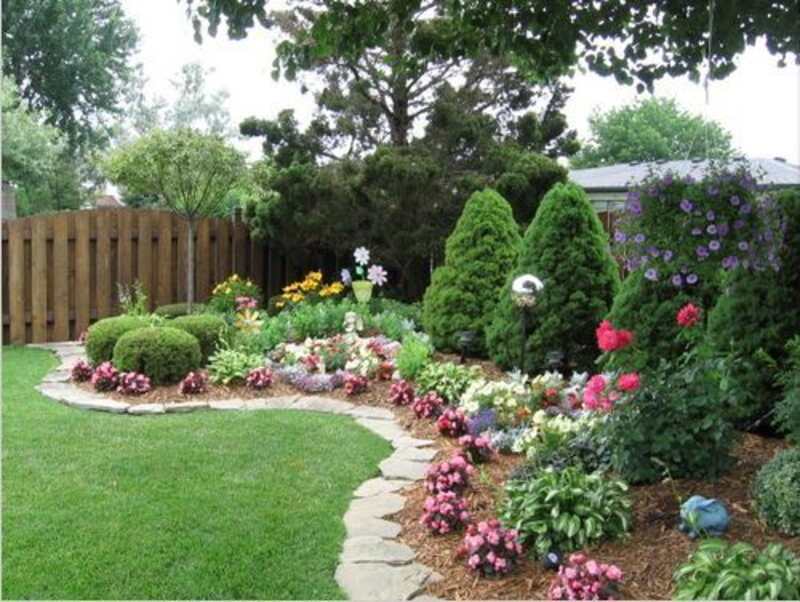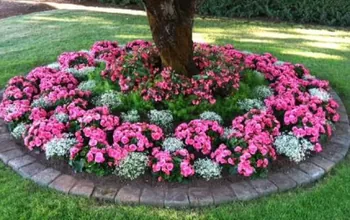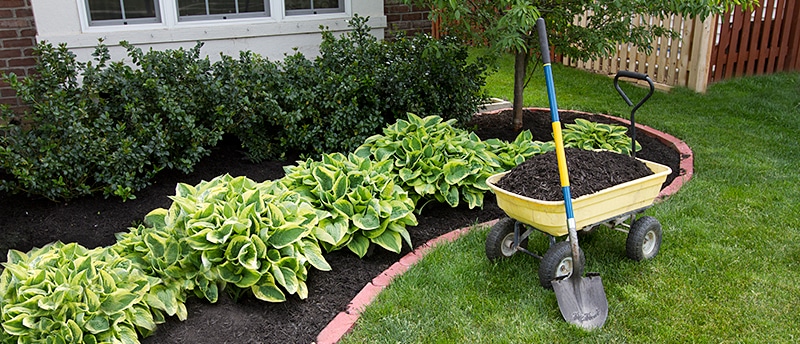Introduction
Have you ever looked at a tree in your yard and thought, “This could use a little something extra”? A flower bed around a tree can transform a plain, bare space into a vibrant, colorful focal point. Not only does it enhance the aesthetics of your garden, but it also benefits the tree and surrounding ecosystem. Let’s dive into how you can create the perfect flower bed around a tree.
Choosing the Right Tree
Before you start planting, it’s essential to consider the type of tree you’re working with. The size of the tree and its root system will influence what you can plant around it. Large trees with extensive roots, like oaks or maples, might limit your options compared to smaller, more delicate trees.

Deciduous vs. Evergreen Trees
Deciduous trees lose their leaves in the fall, allowing more sunlight to reach the ground during the winter months. This can affect the type of flowers you choose. Evergreen trees, on the other hand, provide constant shade, which is ideal for shade-loving plants.
Soil and Light Requirements
Understanding the soil and light conditions around your tree is crucial. Some trees, like pines, can acidify the soil, requiring you to choose plants that thrive in such conditions. Assessing the amount of sunlight the area receives throughout the day will also guide your plant selection.
Selecting the Perfect Flowers
When it comes to choosing flowers for your tree bed, consider the amount of sunlight the area receives.
Shade-Loving vs. Sun-Loving Plants
If your tree provides a lot of shade, opt for shade-loving plants like hostas, ferns, or impatiens. If the area gets plenty of sunlight, sun-loving plants like marigolds, petunias, or lavender will thrive.
Perennials vs. Annuals
Perennials return year after year, making them a low-maintenance option. Annuals, while requiring yearly planting, offer a burst of color and variety. Mixing both can provide a balanced and dynamic flower bed.
Companion Planting Tips
Companion planting involves choosing plants that benefit each other when planted together. For instance, marigolds can help deter pests, while lavender can attract pollinators. Planning your flower bed with companion plants can enhance the overall health of your garden.
flower bed around tree
Designing Your Flower Bed
Now that you’ve chosen your flowers, it’s time to design your flower bed.
Shape and Size of the Flower Bed
The shape and size of your flower bed will depend on the space available around your tree. Circular or oval beds are popular choices, but you can also experiment with irregular shapes for a more organic look.
Creating Visual Interest with Layers
Arranging plants with taller flowers at the back and shorter ones in the front adds visual appeal and helps ensure all plants get enough sunlight.

Color Schemes and Themes
Choosing a color scheme can tie your flower bed together. Whether you prefer a monochromatic look or a vibrant mix of colors, selecting a theme can make your garden more cohesive and pleasing to the eye.
Preparing the Ground
Before planting, you’ll need to prepare the ground to ensure your flowers thrive.
Clearing the Area
Start by removing any grass, weeds, or debris from the area around your tree. Be careful not to disturb the tree’s roots.
Mulching Basics
Mulch conserves moisture, controls weed growth, and stabilizes soil temperature. Spread a layer of mulch around the tree, keeping it a few inches away from the trunk to prevent rot.
Planting the Flower Bed
With the ground prepared, it’s time to plant your flowers.
Watering Tips for Newly Planted Flowers
Newly planted flowers require regular watering to establish their roots. Water thoroughly but less often to promote deeper root development.
Fertilizing Your Flower Bed
Applying a balanced fertilizer can provide essential nutrients for your plants. Be mindful not to over-fertilize, as this can harm both your flowers and the tree.
Maintaining Your Flower Bed
Ongoing maintenance is key to keeping your flower bed looking its best.
Watering Schedule and Techniques
Watering your plants in the early morning or late evening helps minimize evaporation and enhances their ability to take in moisture. Depending on the weather, you may need to adjust your watering schedule.
Pruning and Deadheading
Pruning involves trimming back overgrown or damaged plants to encourage healthy growth. Deadheading, or removing spent flowers, can promote more blooms and extend the flowering season.
Seasonal Care
Different seasons require different care techniques for your flower bed.
Spring and Summer Maintenance
Spring is the perfect time to refresh your flower bed with new plantings and a fresh layer of mulch. During the summer, ensure your plants receive enough water and protect them from extreme heat.
Fall Preparations
In the fall, remove any dead plants and prepare your flower bed for winter. Adding a thicker layer of mulch can protect your plants’ roots from frost.
Creative Ideas for Flower Beds Around Trees
Looking to add a unique touch to your flower bed? Consider these creative ideas.
Adding Decorative Elements
Incorporate garden statues, birdbaths, or decorative stones to add interest and personality to your flower bed.
Incorporating Edging and Borders
Define the edges of your flower bed with brick, stone, or metal edging. This not only adds a finished look but also helps keep grass and weeds out.
Common Mistakes to Avoid
Avoid these common pitfalls when creating your flower bed.

Overcrowding Plants
Planting too many flowers too close together can lead to competition for resources and stunted growth. Provide your plants with ample room to flourish.
Not Considering Future Growth
Consider the mature size of your plants when designing your flower bed. What looks sparse now may become overcrowded in a few years.
Conclusion
Creating a flower bed around a tree is a rewarding way to enhance your garden’s beauty and health. With careful planning, the right plant choices, and regular maintenance, your flower bed can thrive for years to come.

